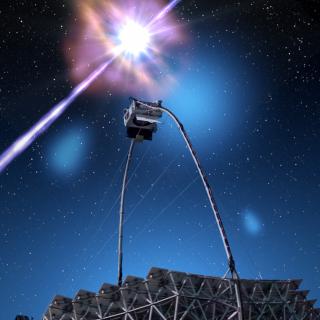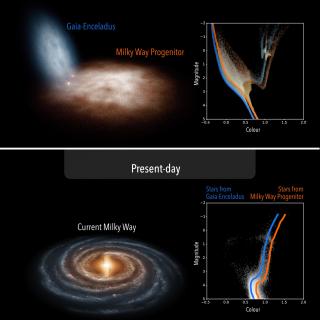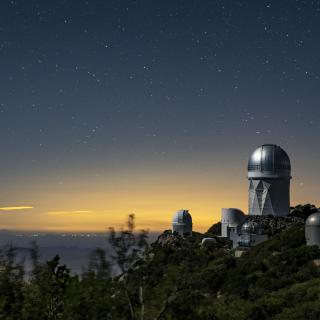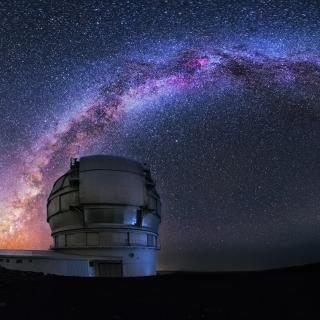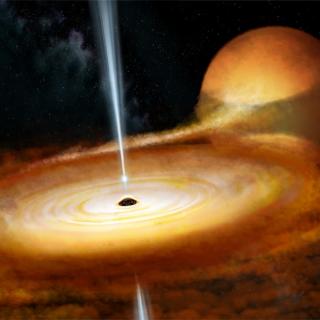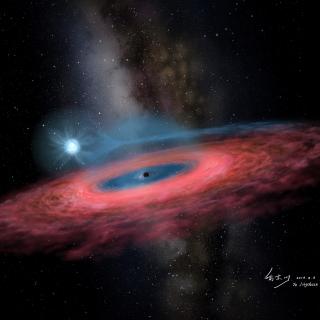
An international team of scientists, led by researchers from the National Astronomical Observatory of China and with the participation of the Instituto de Astrofísica de Canarias and the Universidad de La Laguna, have observed a stellar black hole with a mass 70 times heavier than the Sun. The giant object, called LB-1, challenges the standard theory of stellar evolution. Its detection has been possible thanks to the exhaustive monitoring carried out during several months with the Gran Telescopio Canarias at the Roque de los Muchachos Observatory (La Palma). The result is published in the
Advertised on
